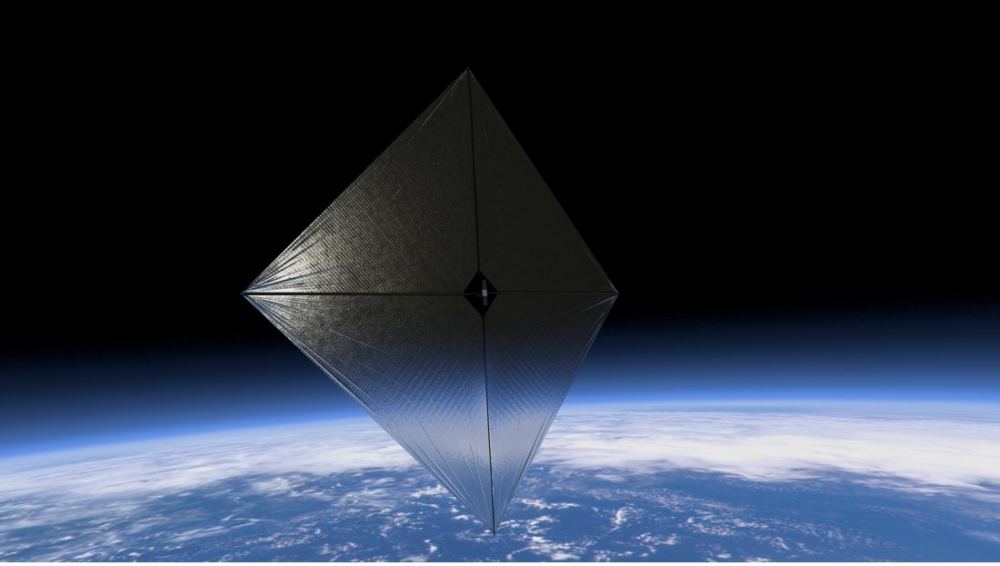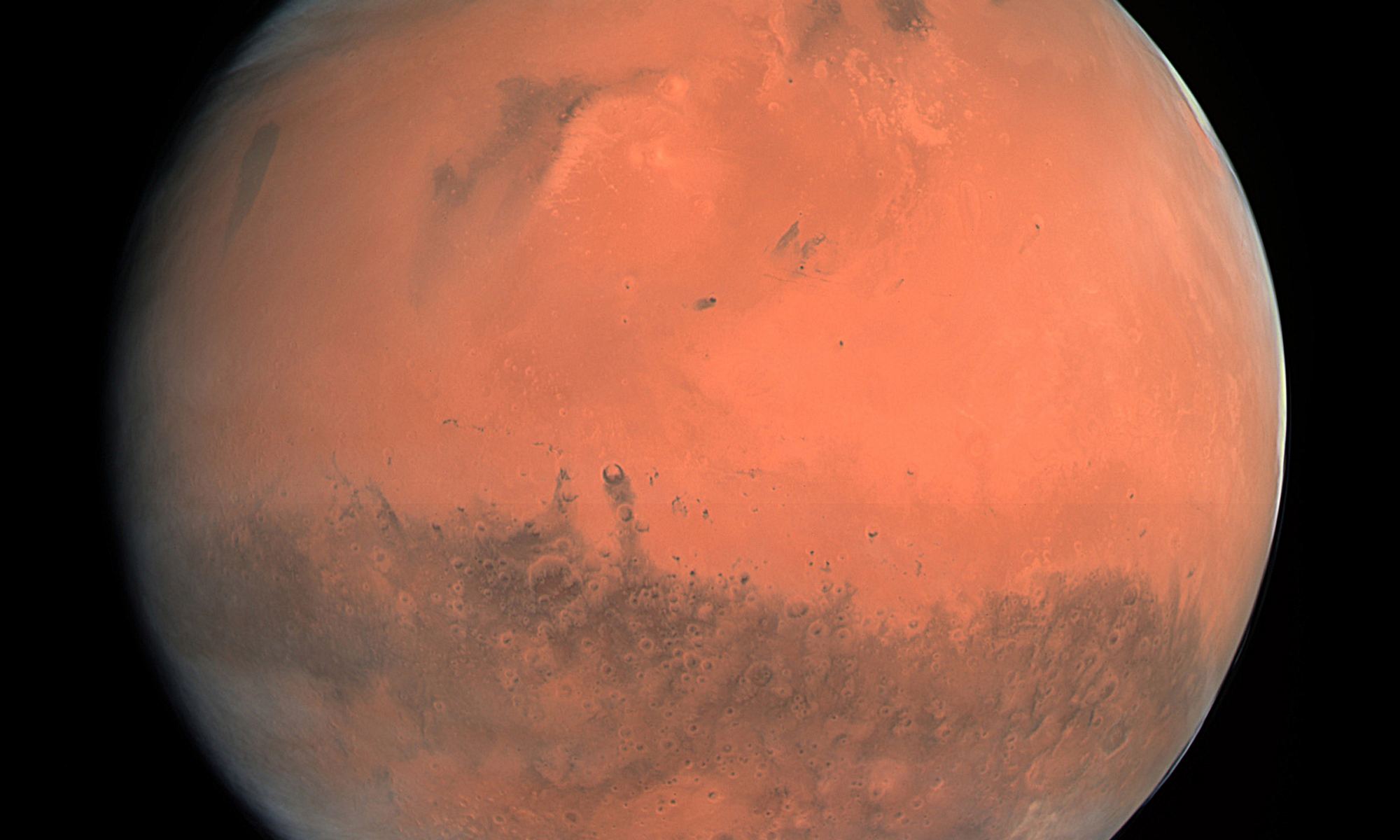Can we build an enormous umbrella to dim the Sun? Such a feat would be a megaproject on a scale like no other. It would take at least 400 dedicated rocket launches a year, for ten years (There have been 172 rocket launches by all nations so far in 2022). The project would weigh in at 550,000 tons: at its lightest. And it would be an ecological experiment that puts us all – the entire planet – in the petri dish, with high risk and high reward. But could such a project actually reverse climate change and bring us back from the brink of global disaster?
The answer seems to be yes, it could work. But there are consequences, and with the planet at stake, it seems wise to examine them before committing to such a thing.
Continue reading “To Fight Climate Change, We Could Block the Sun. A Lightweight Solar Sail Could Make it Feasible”


